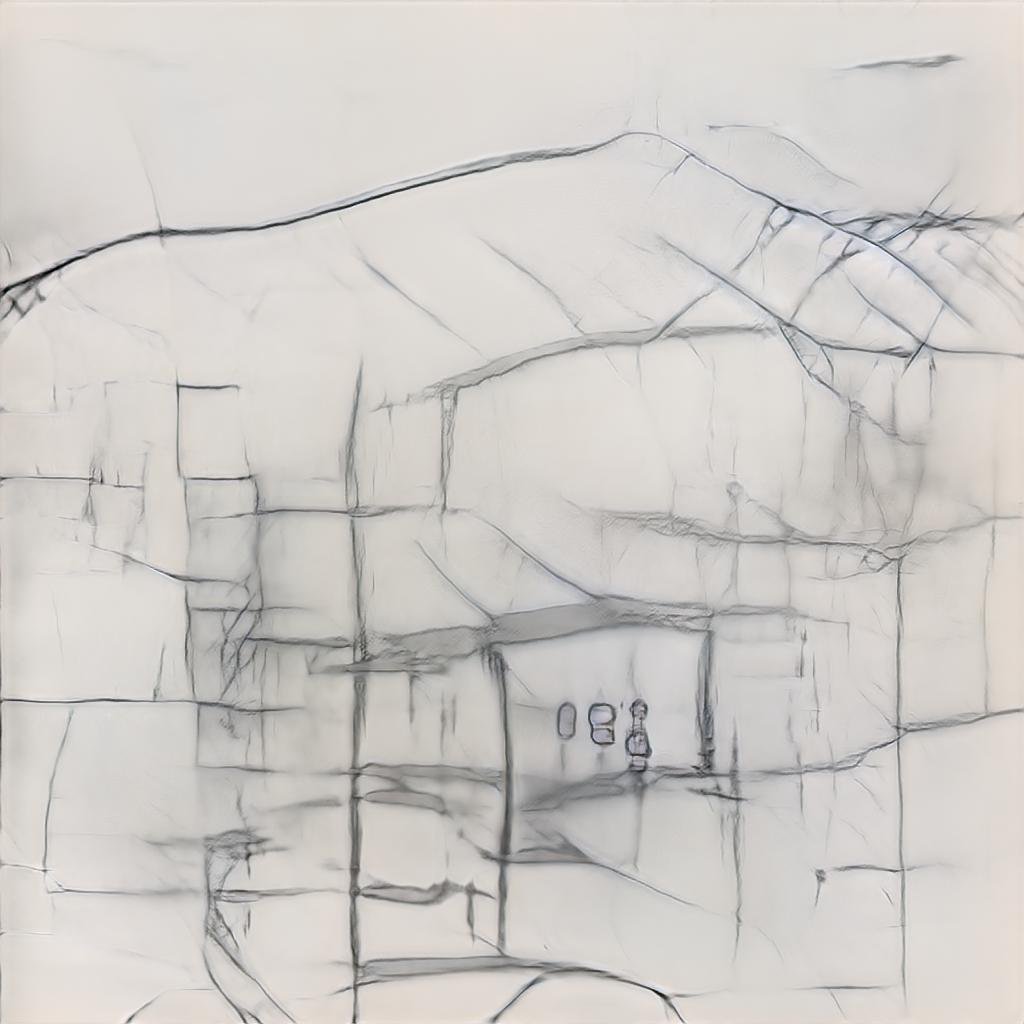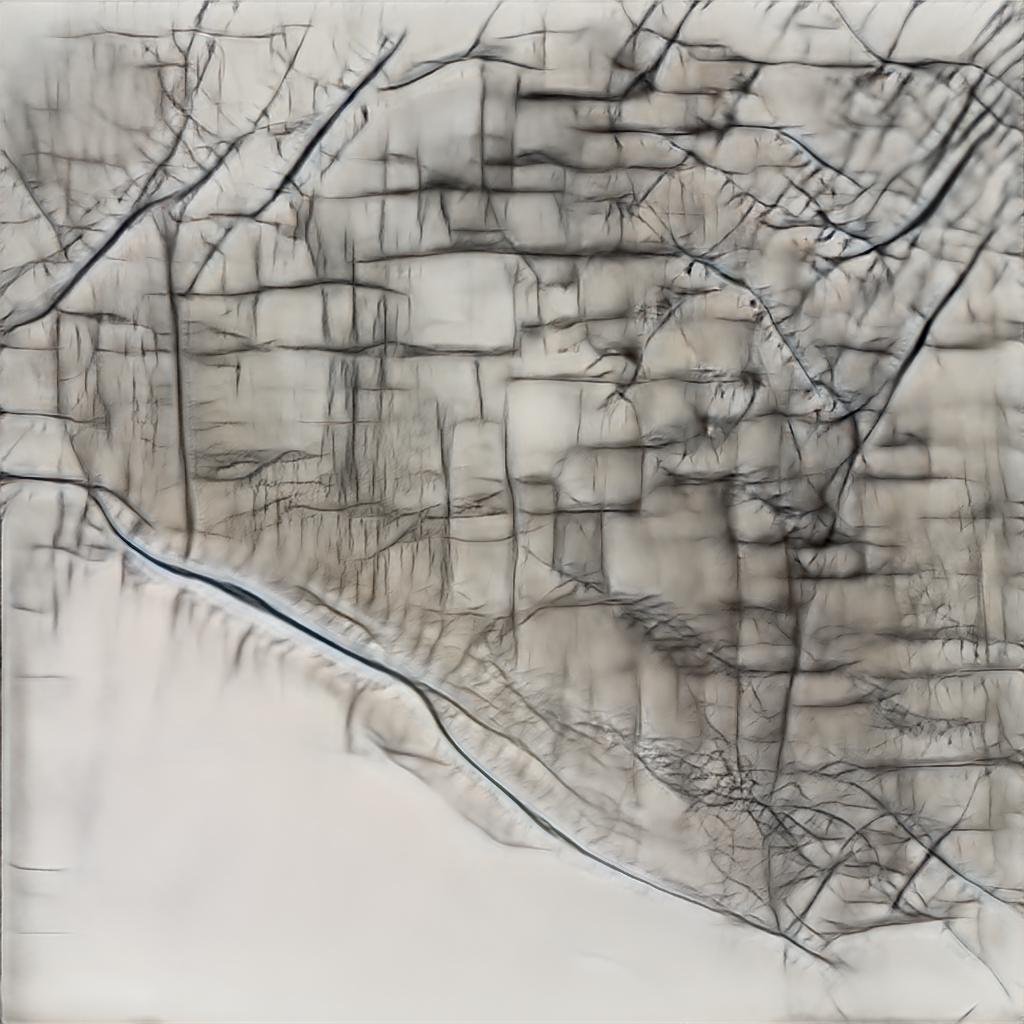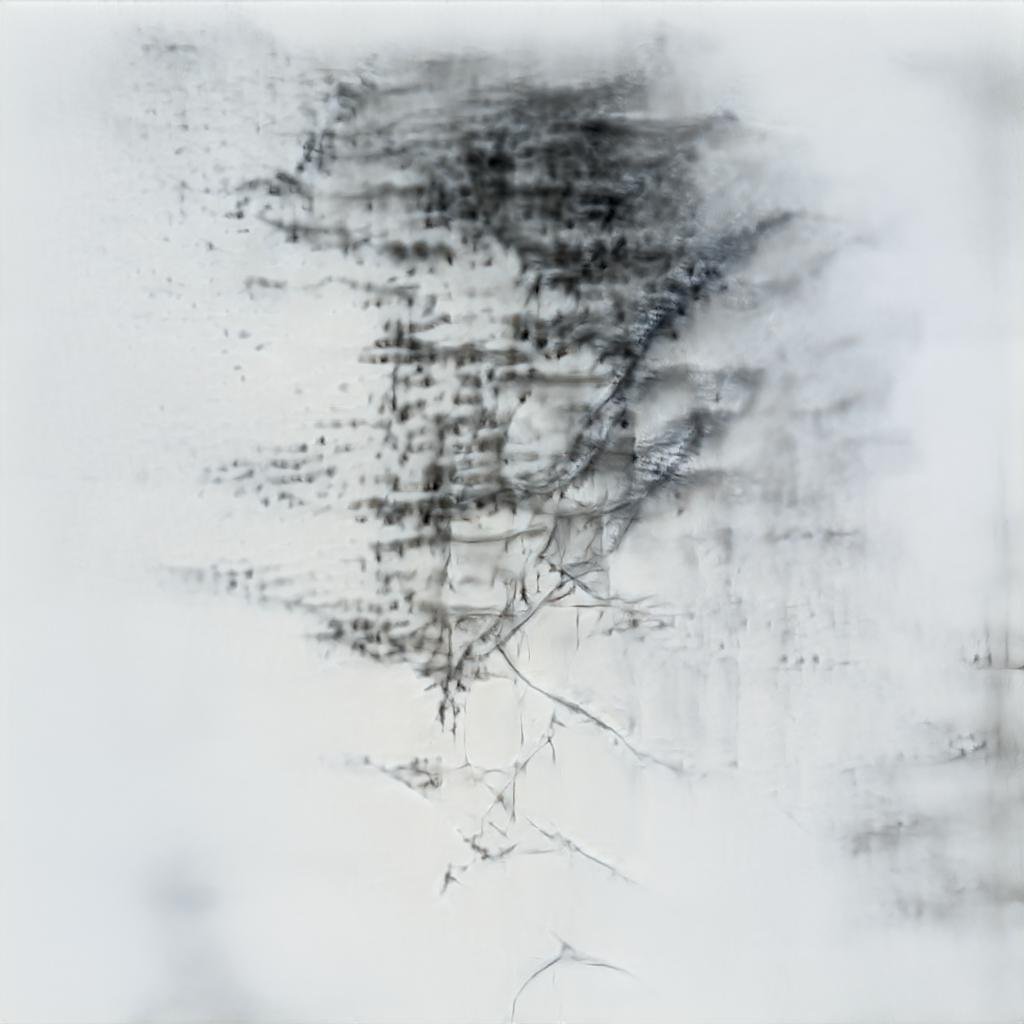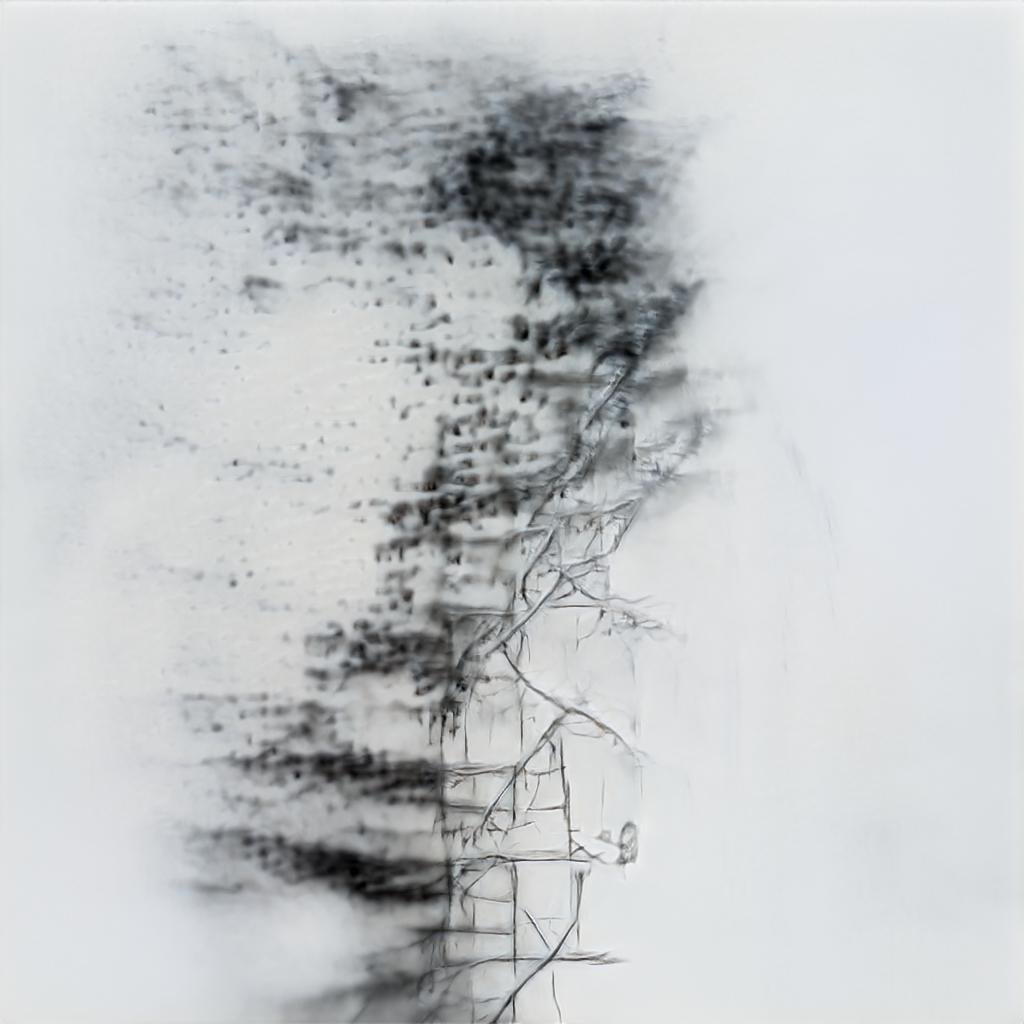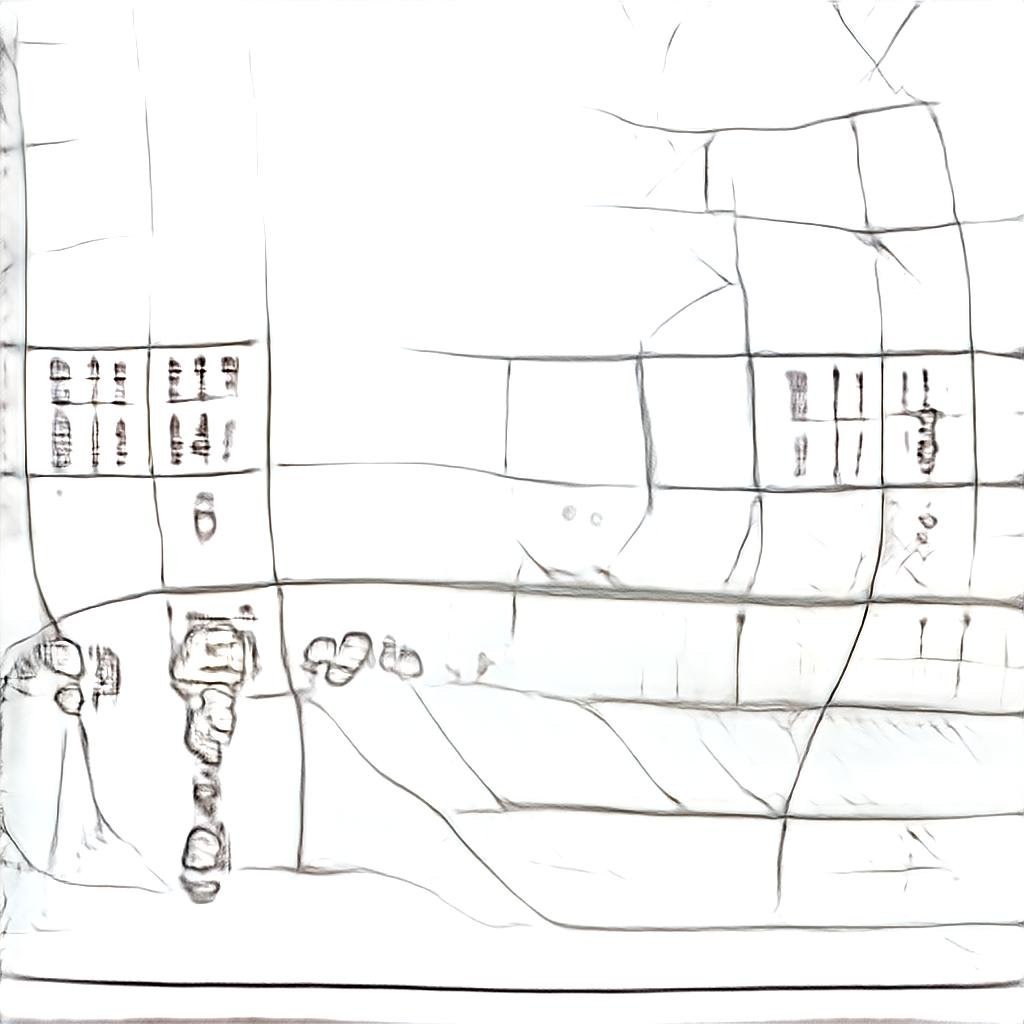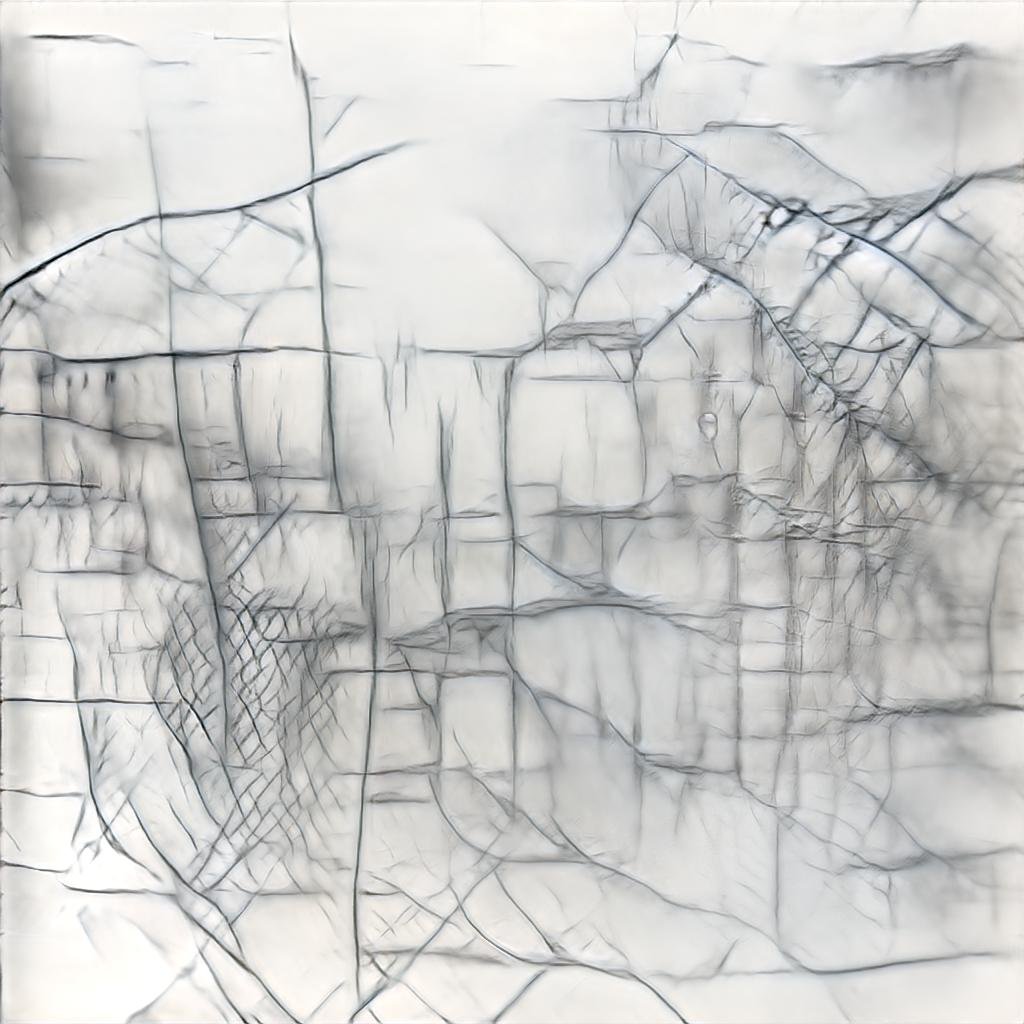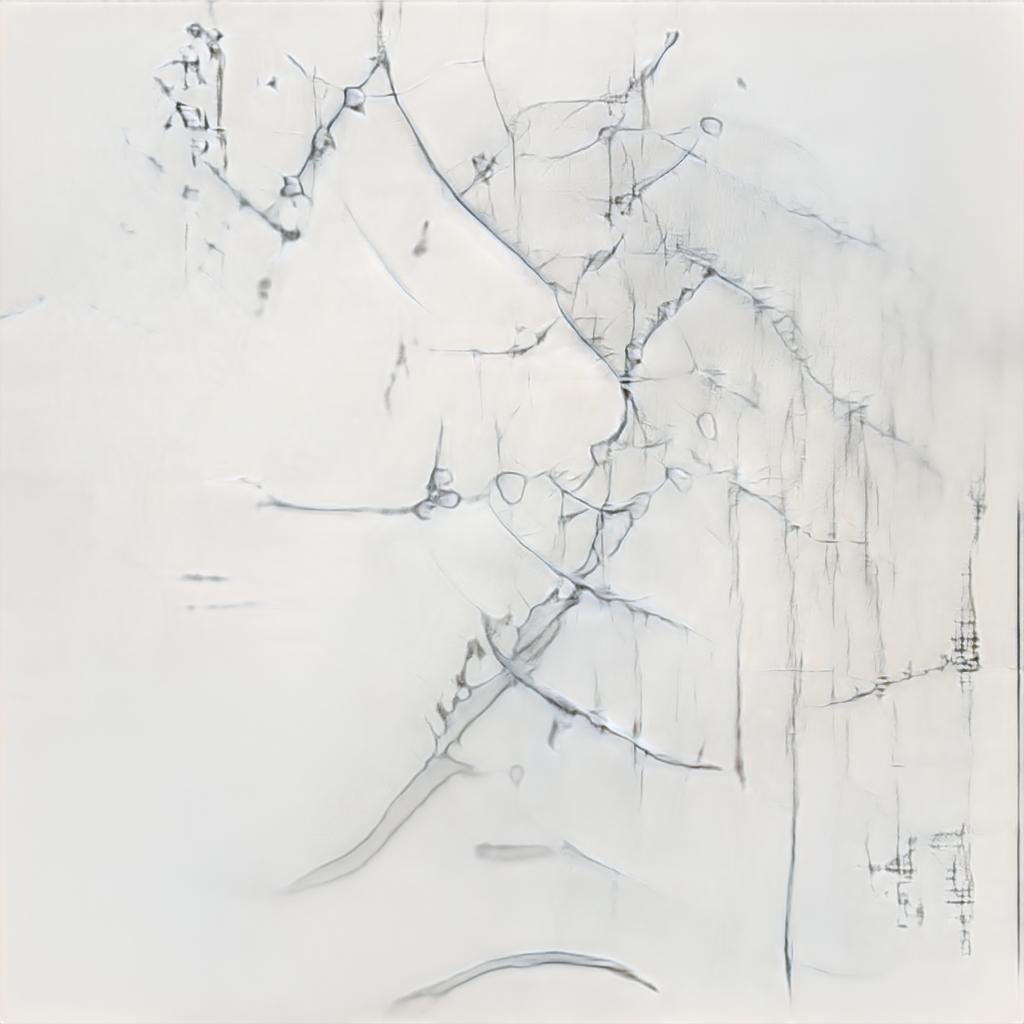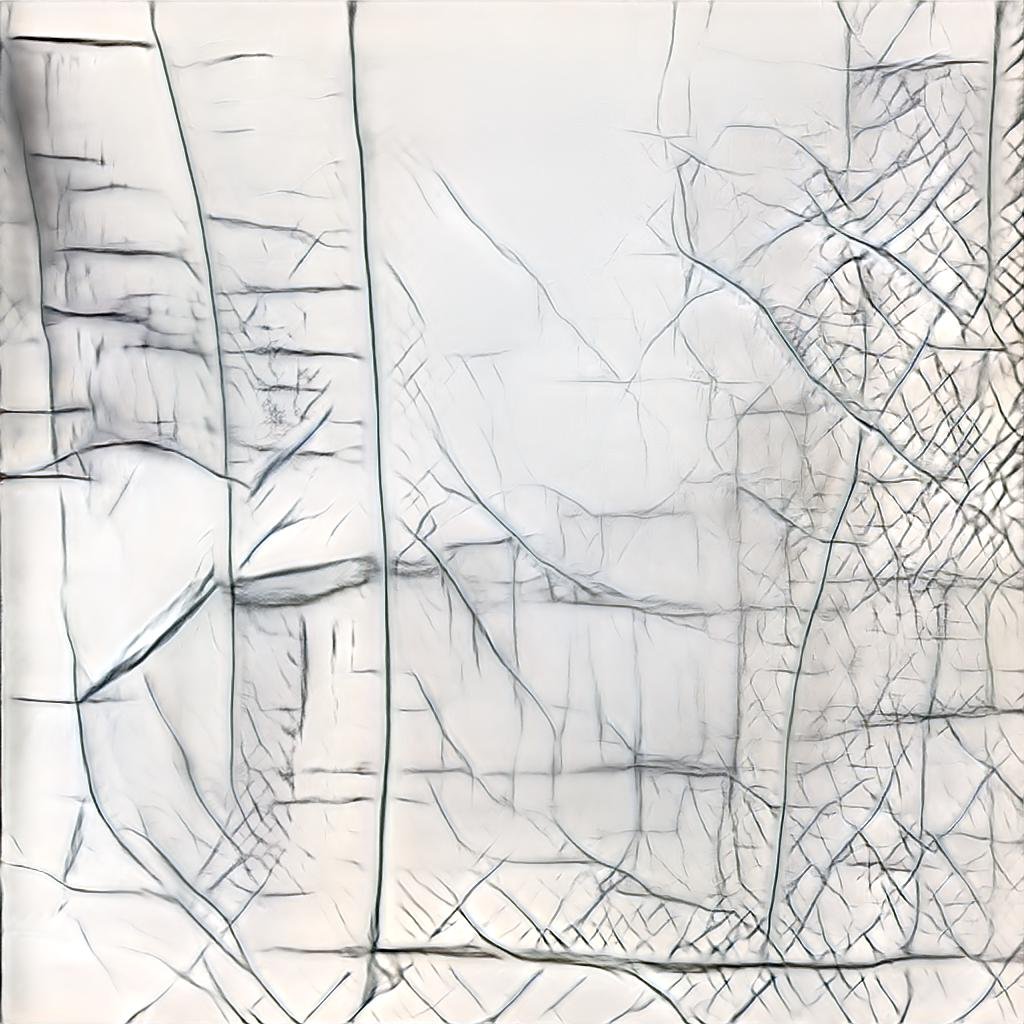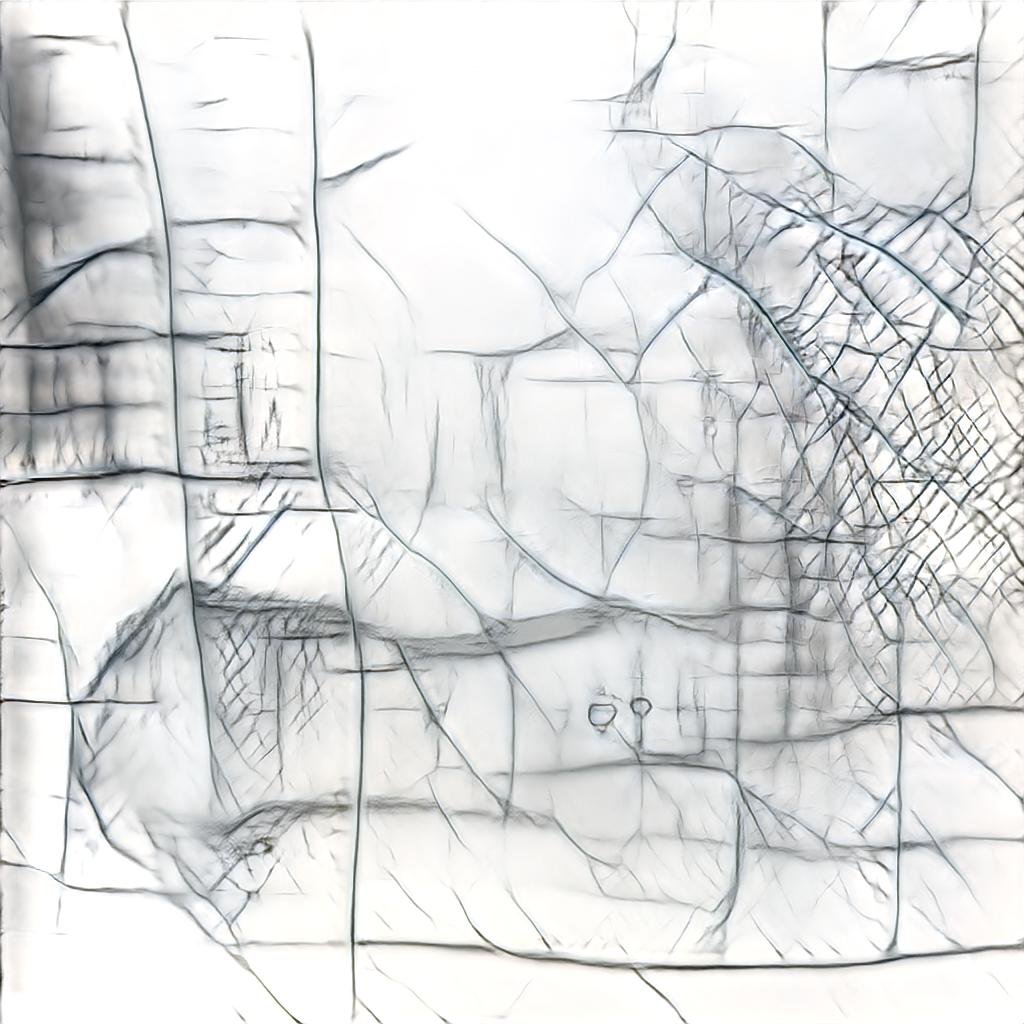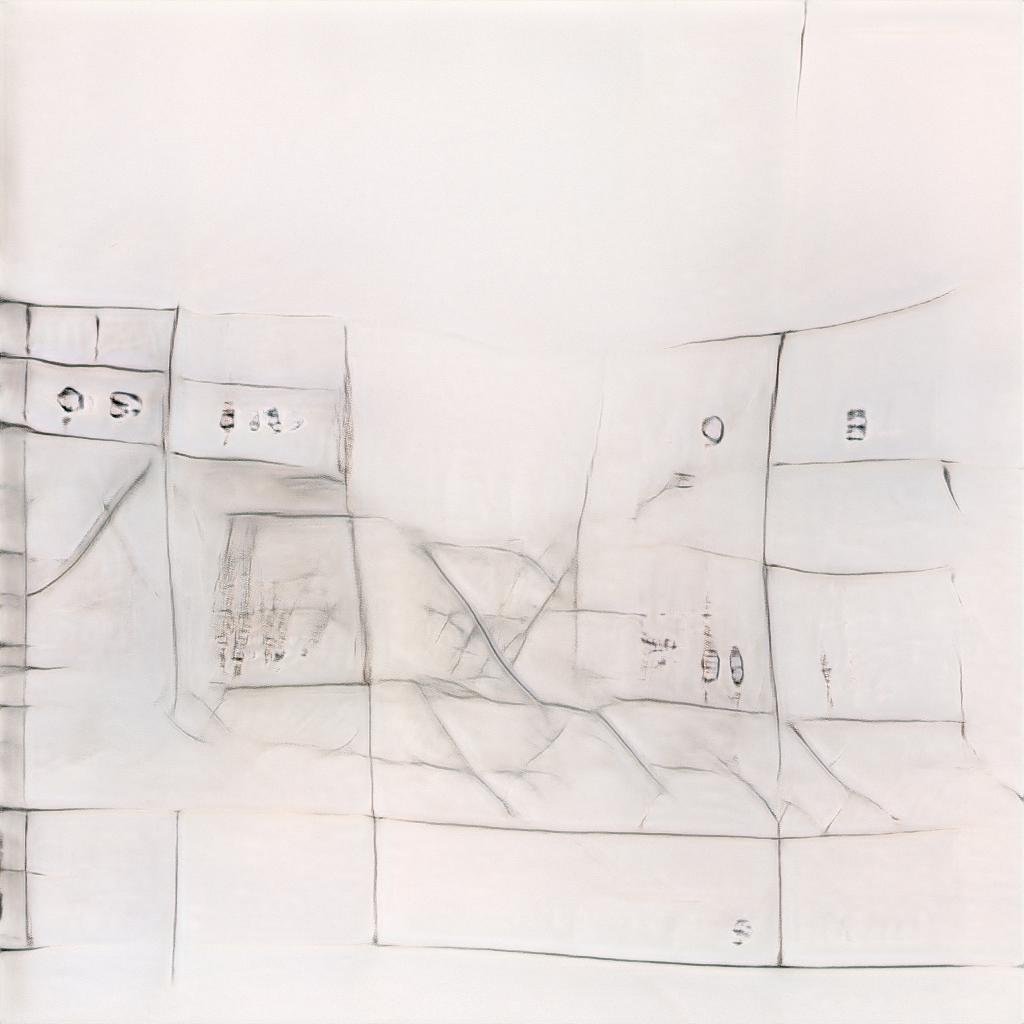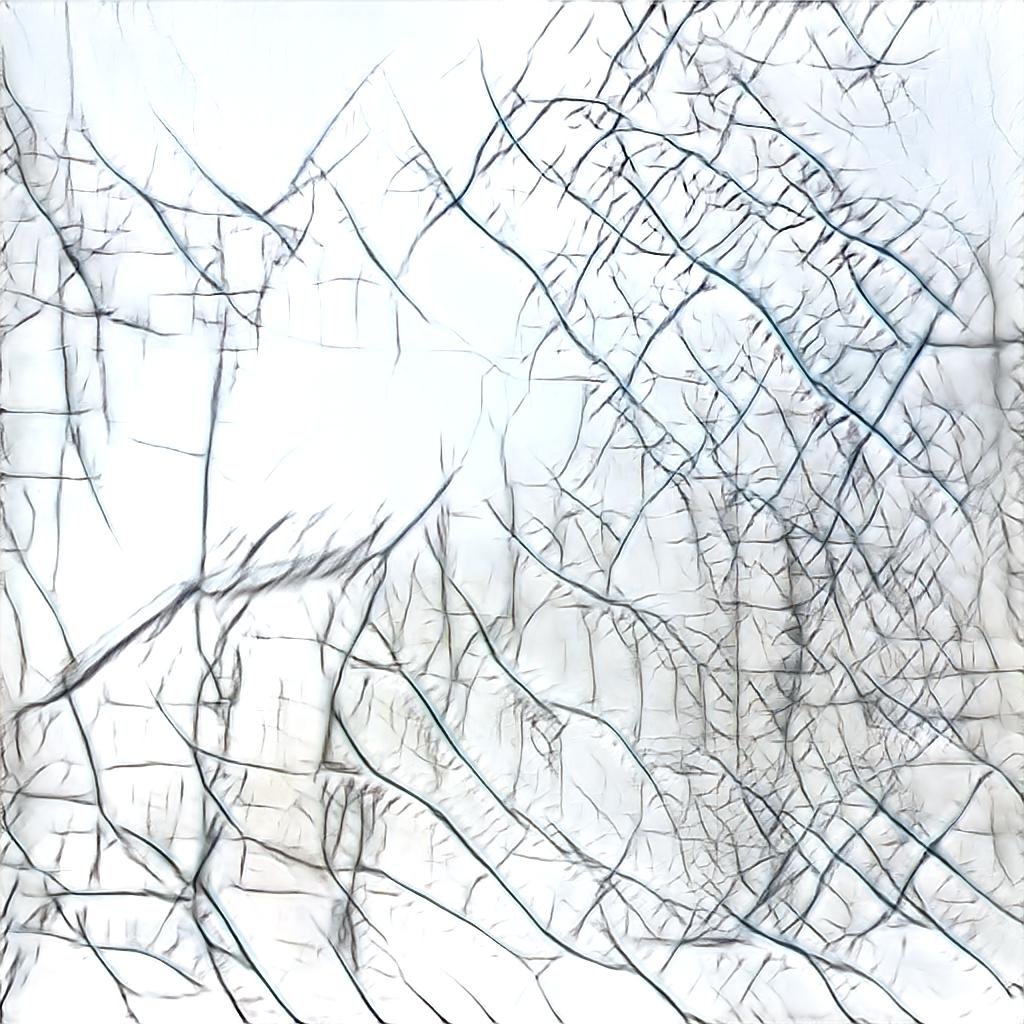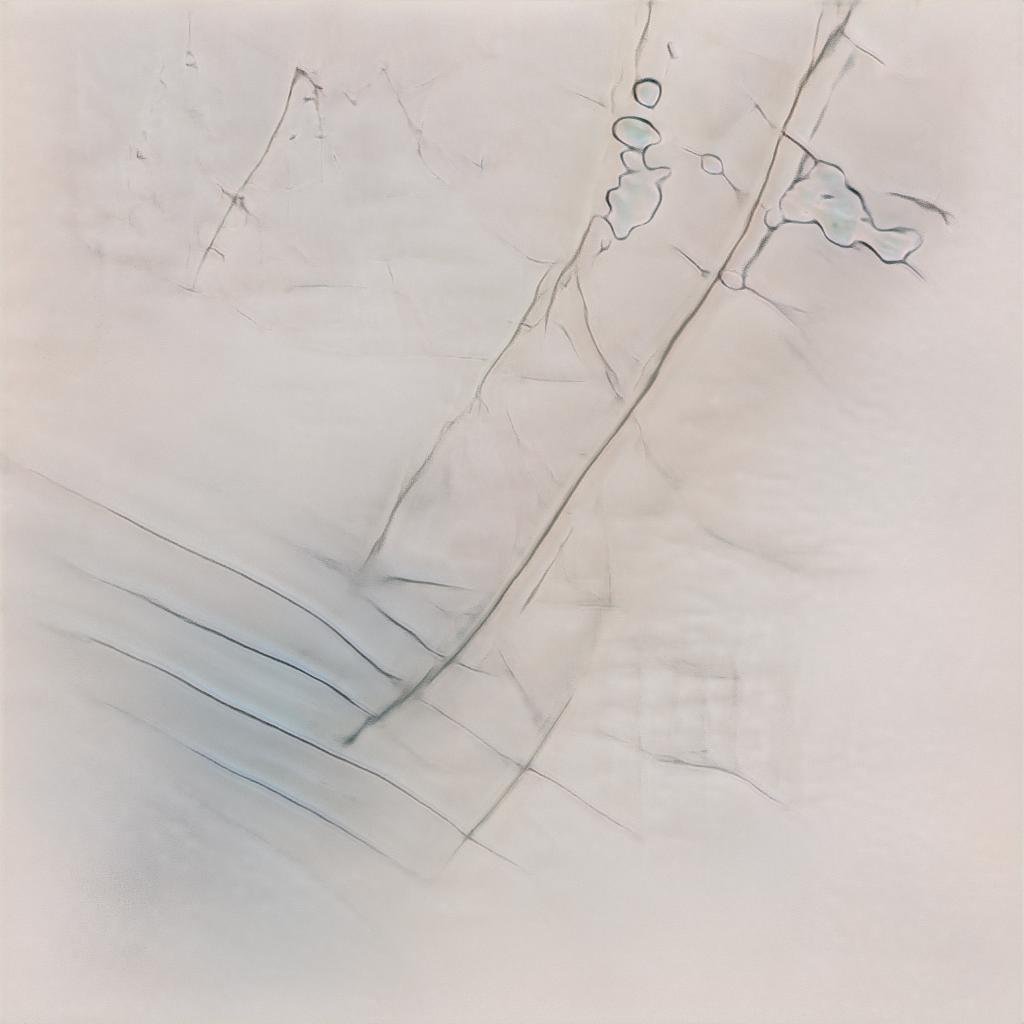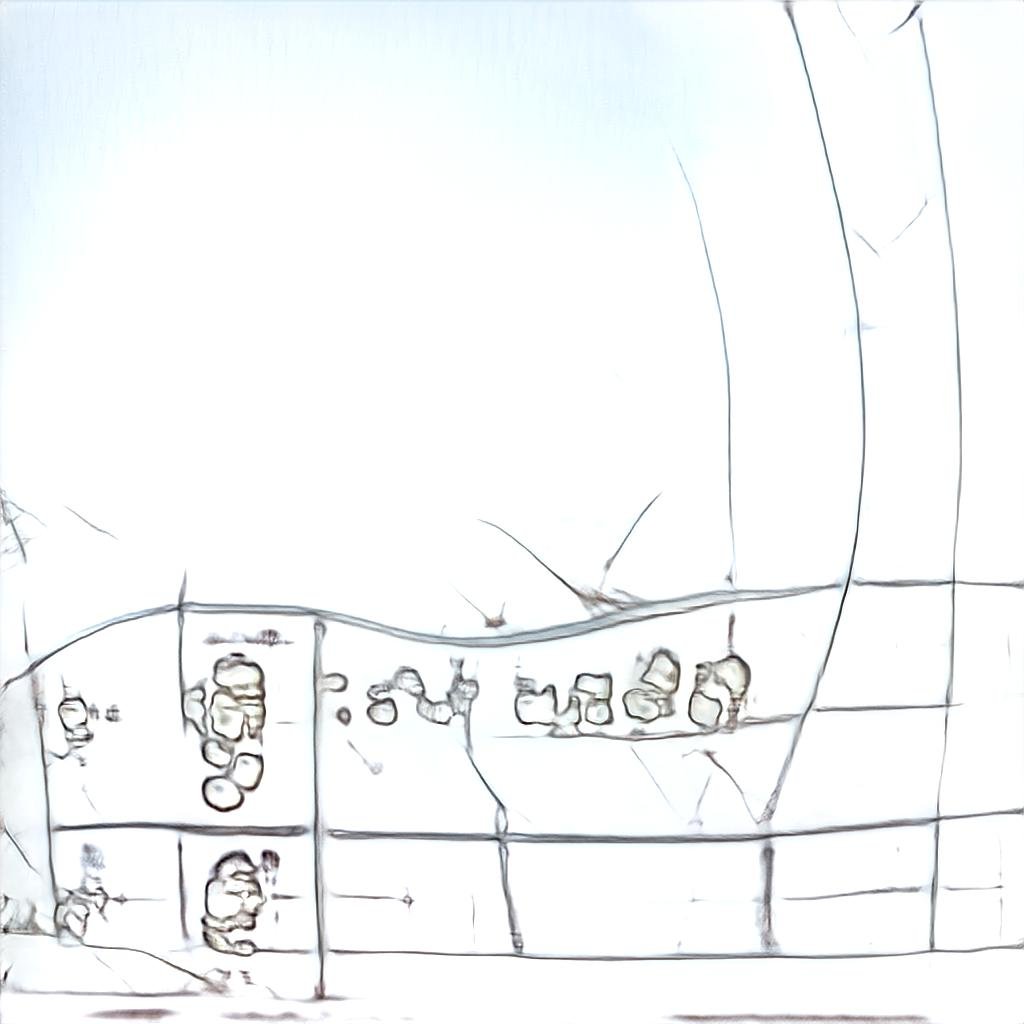Call for Submission of Maps - Evolving Maps Project:
Deadline: January 15th, 2022
Read below for info about the call for submission, and scroll down for examples of hand drawn maps by Cassraa, and also AI generated maps trained on a dataset of Cassraa’s hand drawn maps:
*The first 50 submissions will receive a $20 honorarium.
Call for Submission of Maps Intro:
Maps depict a singular power. This power dictates to us what is "true" and what is worthy of being recorded as "fact." Maps become aggressive demonstrations of legacies that work themselves over our physical and inner worlds. We see our world within the limits of how it has been shown to us by those powerful enough to believe that it is their world/view worthy of record. The "truth" has been what they decided it would be.
The new media work "Evolving maps; a collective memory" (2021) aims to explore methodologies and new ways of recording information about physical space. The work speaks to the experiences of the people who live on and through it, expanding our understanding and giving it back to people that the maps work to reflect. The maps are collectively informed through AI to envision a representation of space as experienced by those who are erased in traditional manifestations of maps. The maps redefine and recalibrate the problematic ideologies that historically have been presented as "fact."
The work asks us to consider mapping as a destabilizing practice that does not reinforce but responds to information. It asks us to deeply consider the power of a collective and accept the many truths that pass through physical space. The work finds balance in the collaborative effort needed to produce the maps. The more information it has to work with, the more informed each AI-generated map has the potential of becoming. Each map goes through many iterations through machine learning and exists forever unfinished, never becoming fully realized because of the nuances it is constantly considering and including.
This work attempts to map memories and places that one cannot pass through anymore, trying to map their relevance over time. Maps are made and used for situating someone, navigating in space, etc. The user activates the maps by passing through/over the places that those maps show. But what is a map good for if you can't use it? What does a map do if it is not accurate at all and it is incomplete? What does a series of vague and inaccurate maps do to the spaces they represent? Is it possible to map memories, feelings, or experiences?
Call for Submissions Instructions:
For this AI mapping project, the artist Kasra Goodarznezhad (Cassraa) seeks submissions from the displaced, oppressed, and the QTBIPOC community to send over maps. These hand-drawn maps could be from places they do not have access to anymore. It could be an imagined future, places that feel safe, or could be a map of a place that does not exist anymore.
When drawing maps, think about the following:
A place or a time in your life (create a map based on this psychogeography)
Think about a place or a time in the future that you want to see and map that
Map your flow through the space by using arrows, squiggly lines, waves, rigid lines, different weights of line
Add different prompts and words relevant to that space (choose the most comfortable language for you) that dictate how you would like someone to navigate through it. Think about what you would want someone to notice/ pay attention to within the space you are mapping to guide how you create these prompts
Think about different landmarks, objects, people, memories, and feelings that are significant to the story you are telling through this map and include those in the drawing
There is no rules as to what to include, and what to not. You are one of the many creators of this collective mapping project. Follow your instincts.
Finally, please include an artist statement separate from your maps (maximum 1000 words) to give more context about your map and what you are showing in the maps
Submission objective:
All submissions will be used as input to a deep learning AI system. This AI system will then be trained for weeks, ultimately providing thousands of AI-generated maps based on our collective input. This work aims to take the concept of Cartography out of its singularity and reimagine it as a collective effort between members of marginalized communities. This work is being created on the traditional territory of many nations, including the Mississaugas of the Credit, the Anishnabeg, the Chippewa, the Haudenosaunee, and the Wendat peoples on what is now called Toronto. While creating this work, it is essential to reflect on the colonial legacies of mapmaking and how colonial cartography has managed to remove the many voices of the Indigenous peoples that have lived on this land since time immemorial.
After the AI training, the AI generated maps will be published as a booklet alongside a video installation of the work. By submitting to this project, you graciously consent to your hand-drawn map to train the AI system. The final results will not indicate your specific maps but rather a collective style of everyone's maps as the deep learning system interprets them. All the names of the people who submit a map will be included in the book that will be published next year as contributors to this project.
*This project is funded by the Ontario Arts Council and the Canada Council for the Arts.
** Please feel free to reach out with any questions to contact@cassraa.com before your submission or if you face issues using the form above.
Examples of hand drawn maps by Cassraa:
Examples of AI generated maps trained on a dataset of Cassraa’s hand drawn maps:
